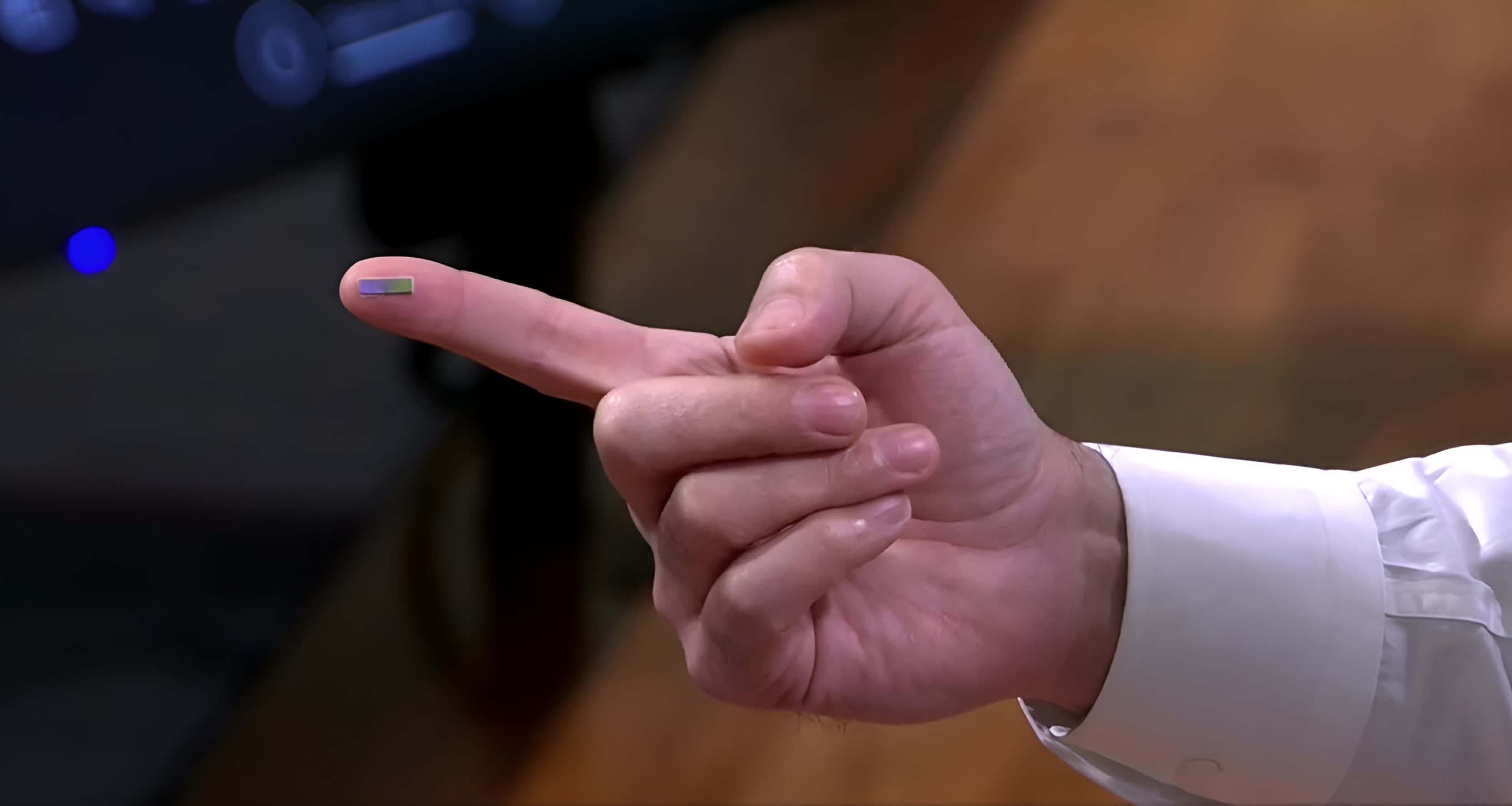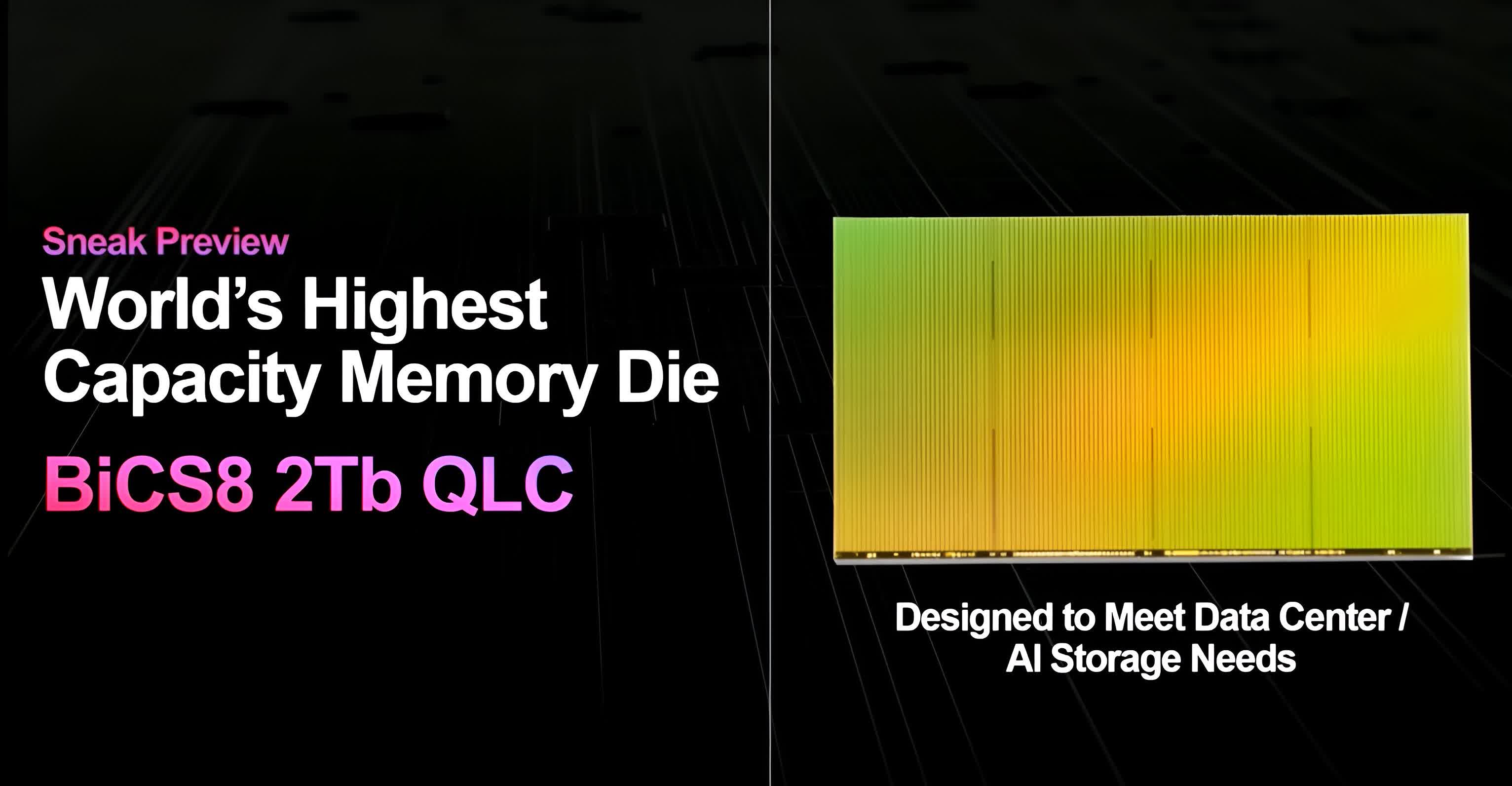Tech
Revolutionary 2Tb 3D QLC NAND flash memory die teased by Western Digital

Why it matters: Western Digital dropped a bombshell during a recent investor presentation. The storage giant has teased the world’s first 2Tb 3D quad-level cell NAND flash memory die. The chip dwarfs the competition in terms of density. While initially limited to the data center market, there’s a good chance it’ll trickle down to consumer PCs.
This minuscule chip packs 256GB of storage into a single die using WD’s cutting-edge 8th-generation BiCS 3D NAND tech developed jointly with partner Kioxia. The manufacturing technology enables WD to fit 218 layers in a single die, almost twice the 112 layers most NAND flash memory today comes with. By comparison, mainstream 2TB SSDs typically have 16 x 128GB (1Tb) dies per package. With WD’s new chips, you get twice the capacity – 2Tb (256GB) in the same single-chip package.
Western Digital also claims its new QLC NAND offers impressive performance gains. According to its stats, the I/O throughput is 50 percent faster than rival NAND, using 13 percent less power per GB written. On the density front, WD’s QLC die is 15-19 percent denser than competing brands.
The technique WD is using to achieve this is clever. Instead of etching the whole chip in one go, they fabricate the CMOS controller circuitry as one die, flip it, and connect the stacked QLC NAND memory layers using hybrid bonding.
In the short term, WD aims to sell its high-density QLC packages in the data center and AI training markets, which have an insatiable need for high-capacity storage. However, the tech will inevitably trickle down to desktop SSDs before long.
Of course, QLC NAND does have some drawbacks compared to higher-grade TLC and MLC NAND. Write endurance is lower, and performance can be inconsistent, especially under heavy workloads. However, WD claims to have improved QLC endurance by 60 percent compared to prior generations while also boosting latency and throughput consistency.

Western Digital has yet to divulge full architectural details about the 2Tb die, such as interface speeds, number of planes, latency figures, etc. Still, given the focus on AI/data center use cases that demand high throughputs, we can expect decent random I/O performance.
The storage giant is no stranger to innovation. In April, WD unveiled a 30-pound package offering 368TB of NVMe flash storage. It was unique because it came with a carrying case to provide reliable storage in challenging environments.









